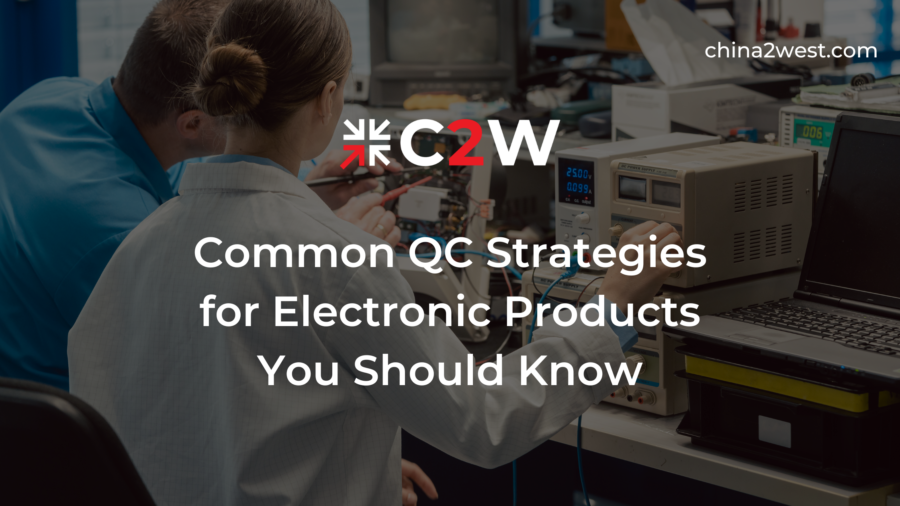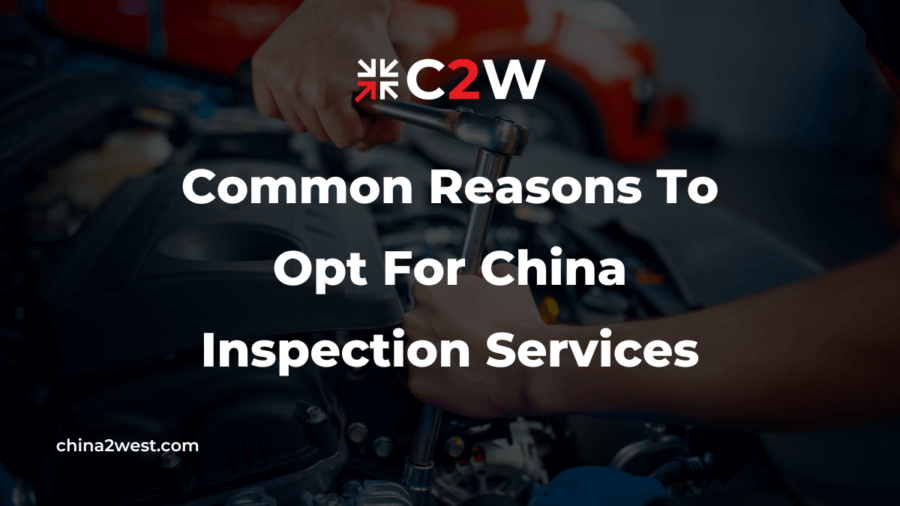Many consumers face these issues with electronic products, and lose faith in its brand. It’s often due to the lack of proper quality control (QC) strategies in place during their manufacturing.
In this article, we’ll delve into the world of QC and discuss common QC strategies for electronic products that you should be aware of to ensure you get the best and most reliable devices.
The Importance of Quality Control in Electronics
Electronic products have become an integral part of our daily lives. From smartphones and laptops to home appliances and medical devices, we rely on these gadgets for convenience, entertainment, and even our well-being.
However, the complexity of electronic devices makes them susceptible to defects and malfunctions, which can lead to frustration and financial losses for both consumers and manufacturers.
How Do QC Strategies Impact Electronic Product Quality?
Quality control strategies play a pivotal role in ensuring that electronic products meet the highest standards of performance, safety, and reliability. Here are some of the key ways in which QC strategies impact electronic product quality:
- Defect Detection: Effective QC strategies help identify and rectify defects in electronic components and assemblies before they reach consumers. This prevents faulty products from reaching the market.
- Consistency: QC processes ensure that each unit of a product meets the same quality standards, resulting in consistent performance and user experiences.
- Compliance: QC strategies ensure that electronic products comply with industry standards and regulations, reducing the risk of legal issues and recalls.
- Cost Savings: Implementing QC strategies early in the manufacturing process can save manufacturers significant costs associated with product recalls and warranty claims.
Now that we understand the importance of QC in electronics, let’s explore some common QC strategies that are essential for manufacturing high-quality electronic products.
Key QC Strategies for Electronic Products
1. Incoming Material Inspection
The foundation of electronic product quality lies in the quality of the materials used. By conducting thorough inspections of incoming materials such as components and circuit boards, manufacturers can identify subpar materials and prevent them from being integrated into the final product.
Incoming material inspection helps maintain consistency and reliability in the production process, ensuring that only high-quality components are used.
2. In-Process Testing
In-process testing involves evaluating electronic products at various stages of the manufacturing process. This proactive approach allows manufacturers to detect and rectify defects before they propagate throughout the entire production run.
By implementing in-process testing, manufacturers can reduce the likelihood of costly defects and ensure that each product adheres to quality standards.
3. Functional Testing
Functional testing is a crucial step in QC, where the electronic product is tested for its intended functionality. This involves simulating real-world scenarios to ensure that the product performs as expected.
By conducting rigorous functional testing, manufacturers can identify and address performance issues, ensuring that the end-users receive reliable products that meet their needs.
4. Environmental Testing
Electronic products often face various environmental conditions during their lifecycle, from temperature extremes to humidity and shock. Environmental testing assesses how well a product can withstand these conditions.
By subjecting electronic products to environmental tests, manufacturers can enhance product durability and reliability, reducing the likelihood of premature failures.
Implementing QC Strategies in Electronic Product Manufacturing
Now that we’ve explored the significance of QC strategies in maintaining electronic product quality, it’s time to delve deeper into how these strategies are implemented in the manufacturing process.
Understanding the practical aspects of QC can help both manufacturers and consumers appreciate the effort that goes into producing reliable electronic devices.
Quality Control Teams and Training
One of the cornerstones of effective QC in electronics manufacturing is having a skilled and well-trained quality control team. These professionals are responsible for overseeing various aspects of the production process and ensuring that QC protocols are followed diligently.
To maintain a high level of quality, manufacturers invest in continuous training for their QC teams. This includes staying updated on the latest industry standards, testing methodologies, and technological advancements. Skilled and knowledgeable QC personnel are better equipped to identify potential issues and make critical decisions during production.
Automated Testing and Inspection
In today’s fast-paced electronic manufacturing industry, automation plays a pivotal role in QC. Automated testing and inspection equipment can rapidly evaluate electronic components and assemblies with a high degree of accuracy.
This not only improves the efficiency of the manufacturing process but also reduces the likelihood of human error.
Automated testing systems can conduct a wide range of assessments, from measuring electrical performance to identifying physical defects. These systems are programmed to flag any deviations from established quality benchmarks, allowing for swift corrective action.
Data Analysis and Continuous Improvement
QC doesn’t stop once a product is assembled and tested. Manufacturers employ data analysis techniques to scrutinize the performance and reliability of their products.
This data-driven approach helps in identifying trends, potential weaknesses, and areas for improvement.
Continuous improvement is a fundamental aspect of QC. Manufacturers use the insights gained from data analysis to refine their manufacturing processes, enhance product design, and ultimately deliver better electronic products to consumers.
This iterative cycle of assessment and refinement is vital in ensuring that QC strategies evolve with technological advancements.
In conclusion, common QC strategies for electronic products are not just industry jargon; they represent a commitment to delivering high-quality, reliable devices. Manufacturers invest in skilled personnel, automation, and data analysis to ensure that the products meet the highest standards. That’s why you need to partner with a reputable one, like C2W, so that you can leverage rich industry experience, advanced technology and vast network of suppliers. Contact us now!




